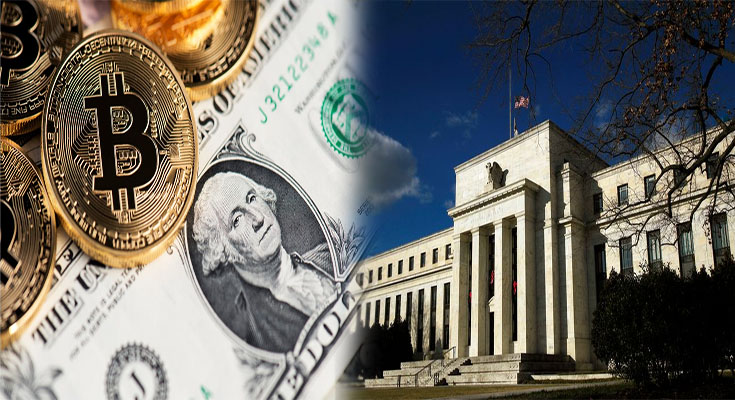During times of economic crisis, governments often implement lending programs to support struggling individuals and businesses. These lending programs can take various forms, such as low-interest loans, loan guarantee programs, or direct financial assistance. In this article, we will discuss the economic effects of government lending programs during crises and examine their effectiveness in promoting recovery and stability.
Stimulating Economic Activity
One of the primary goals of government lending programs is to stimulate economic activity. By providing access to credit, governments aim to encourage individuals and businesses to make investments, expand operations, or pursue entrepreneurial initiatives. This can create job opportunities, increase consumer spending, and boost economic growth.
Supporting Vulnerable Populations
Government lending programs can also provide targeted support to vulnerable populations. During a crisis, certain groups, such as low-income households or small business owners, may face significant financial stress. Lending programs can offer these groups the resources they need to meet their basic needs and maintain their economic viability.
Preserving Financial Stability
Another crucial objective of government lending programs is to preserve financial stability. During a crisis, financial institutions may become hesitant to lend, leading to credit market disruptions and liquidity shortages. Government lending programs can inject liquidity into the market, alleviate funding shortages, and stabilize financial conditions.
Examining the Effectiveness of Government Lending Programs
While government lending programs can have positive effects on the economy, their effectiveness may vary depending on various factors, such as the design of the program, the characteristics of the beneficiaries, and the severity of the crisis. Here are some aspects to consider when evaluating the effectiveness of government lending programs:
1. Program Design
The design of lending programs can significantly impact their effectiveness. For instance, programs with clear eligibility criteria and well-defined terms may be more successful in targeting the intended beneficiaries. Simple and streamlined application processes can also help ensure timely and efficient access to credit.
2. Beneficiary Characteristics
The effectiveness of lending programs can also depend on the characteristics of the beneficiaries. For example, programs that target high-risk or marginalized groups may face additional challenges, such as higher default rates or lack of collateral. Providing targeted support and financial education can help address these challenges.
3. Severity of the Crisis
The severity of the crisis can also influence the effectiveness of lending programs. Deep and prolonged recessions may require more robust and sustained interventions to stabilize the economy. Conversely, swift and decisive actions during the initial stages of a crisis may be more effective in containing the damage.
Government lending programs can be significant tools in promoting economic recovery and stability during a crisis. By stimulating economic activity, supporting vulnerable populations, and preserving financial stability, these programs can help mitigate the impact of economic shocks. However, their effectiveness may depend on various factors, such as program design, beneficiary characteristics, and the severity of the crisis. As such, governments must carefully evaluate and fine-tune their lending programs to ensure they deliver their intended benefits effectively.





